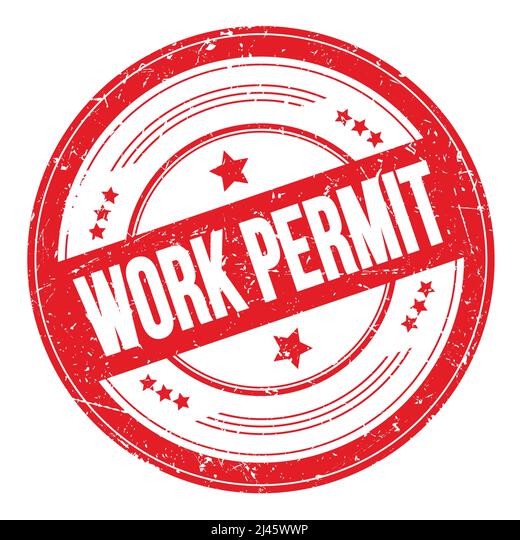Information
-
Audit Title
-
Document No.
-
Client / Site
-
Conducted on
-
Prepared by
-
Location
-
Personnel
-
Electrical work and testing must be carried out by a person who is competent for the class of work to be performed
-
Do not use fittings which are not approved or not compliant
-
Do not overload power boards and power outlets
-
Do not use faulty Equipment
-
Do not use if out of test
-
Do not use domestic leads
-
Do not exceed the rated capacity of the board or outlet
-
Do not cover up damaged cables without clearance from the relevant authority
Risk
-
Moving parts
-
Hand and foot injury
-
Over-exertion/strain injury
Operation
-
ELECTRICAL INSTALLATIONS
-
Prevent unauthorized access to switchboards and open fuses
-
Electrical installations on construction and demolition sites must be carried out in accordance with the Wiring Rules AS/NZS 3000 and with the applicable additional requirements of AS/NZS 3012;2010
-
Work on electrical circuits must be carried out by a licensed electrician only
-
Electrical work must be carried out by an authorized person
-
Power source must have a Residual Current Device or a safety switch
-
Check electrical fittings regularly for damage, faults, and safe operation
-
POWER TOOLS, LEADS, SAFTEY SWITCHES AND POWER BOARDS
-
Inspect tools and leads for faults and damage before use
-
All electrical equipment must have a current inspection tag fitted to the plug end of the lead
-
Extension leads must be an industrial quality with shrouded socket
-
Keep extension leads off the ground to avoid damage
-
Safety switch (fixed or portable) or a Residual CurrentDevice (RCD) must be used to protect all equipment
Operation - Testing Of Electrical Equipment And Tools
-
OFFICE WORK
-
Equipment used in a "hostile environment" - every 5 years or use a SAFTEY switch
-
Fixed safety switch- test 6 monthly, operating test annually
-
Portable safety switch - test before use daily, inspect bi-annually
-
Record test results with details of tests
-
Inspection to be carried out by a competent person
-
Test safety switch using inbuilt test button
CONSTRUCTION WORK
-
Portable electrical equipment - inspection at least every 3 months
-
Fixed safety switch - test 6 monthly
-
Portable safety switch - test immediately after connection, then daily before use, inspection every 3 months by competent person
-
Record test results with details of tests
-
Inspection must be carried out by a competent person
-
Test safety switch using inbuilt test button
ASSEMBLY, FABRICATION, INSTALLATION, MANUFACTURING, MAINTENANCE, REPAIR OR REFURBISHMENT WORK
-
Double insulated equipment - inspect annually
-
Not double insulated equipment - inspect 6 monthly, and connect to safety switch
-
Fixed safety switch - test 6 monthly, connect to safety switch
-
Portable safety switch - test immediately after connection, then daily before use, inspection every 3 months by a competent person
-
Test safety switch using in built button
SERVICE WORK
-
All Equipment in "hostile environment" - 12 months or use safety switch
-
Fixed safety switch - test every 6 months, operating test annually
-
Portable safety - test before use or daily, inspect bi-annually
-
Record test results with details of test
-
Inspection to be carried out by competent person
-
Test safety switch using inbuilt test button
EXCAVATIONS
-
Locate underground services before carrying out any excavation work. Contact "dial before you dig" for a full service report
-
Dig carefully by hand around conduits and cables
-
Look out for identification tape in trenches above conduits, and for bricks placed above cablesm
-
Report damage to Cale's immediately. Keep clear of damaged cables
-
Do not pull or push electrical conduits or cables
-
Do not backfill over faults or damaged sections until cleared by the relevant authority
-
Backfill around cables with clean sand to prevent damage to cables
MINIMUM SAFE DISTANCES
-
For low voltage overhead catenary wiring for unlicensed people in electrical work
-
Driving or operating a vehicle - 0.6m
-
Operating a crane or mobile plant - 3.0m
-
Handling metal materials (scaffolding, guttering, pipes, etc) - 4.0m<br>
-
Handling non-conductive material (timber, ply, PVC,etc) - 1.5m
-
Using hand held tools - 0.5m
-
If safe distances cannot be maintained contact should be made with the relevant authority to arrange an alternative safe method of carrying out the work
-
Height Warning Bars should be used where catenary wires pose a risk to plant and machinery
-
Physical Protection such as a gantry beneath the wires should be erected for situations of a longer duration to prevent plant and physical damage
-
Insulating Mats should be placed on all power lines that may be contacted. Use an observer to warn of possible encroachment when working near power lines
SIGNATURES
-
Add signature
-
Add signature
-
Add signature
-
Add signature
-
Add signature
-
Add signature
-
Add signature
-
Add signature
-
Add signature
-
Add signature
-
Add signature












